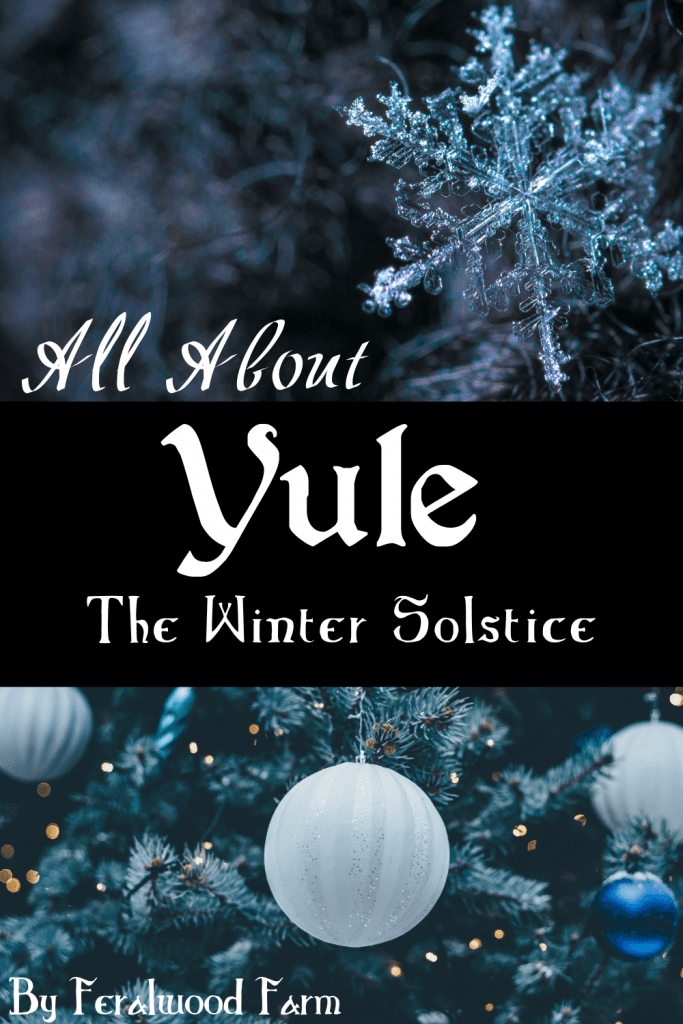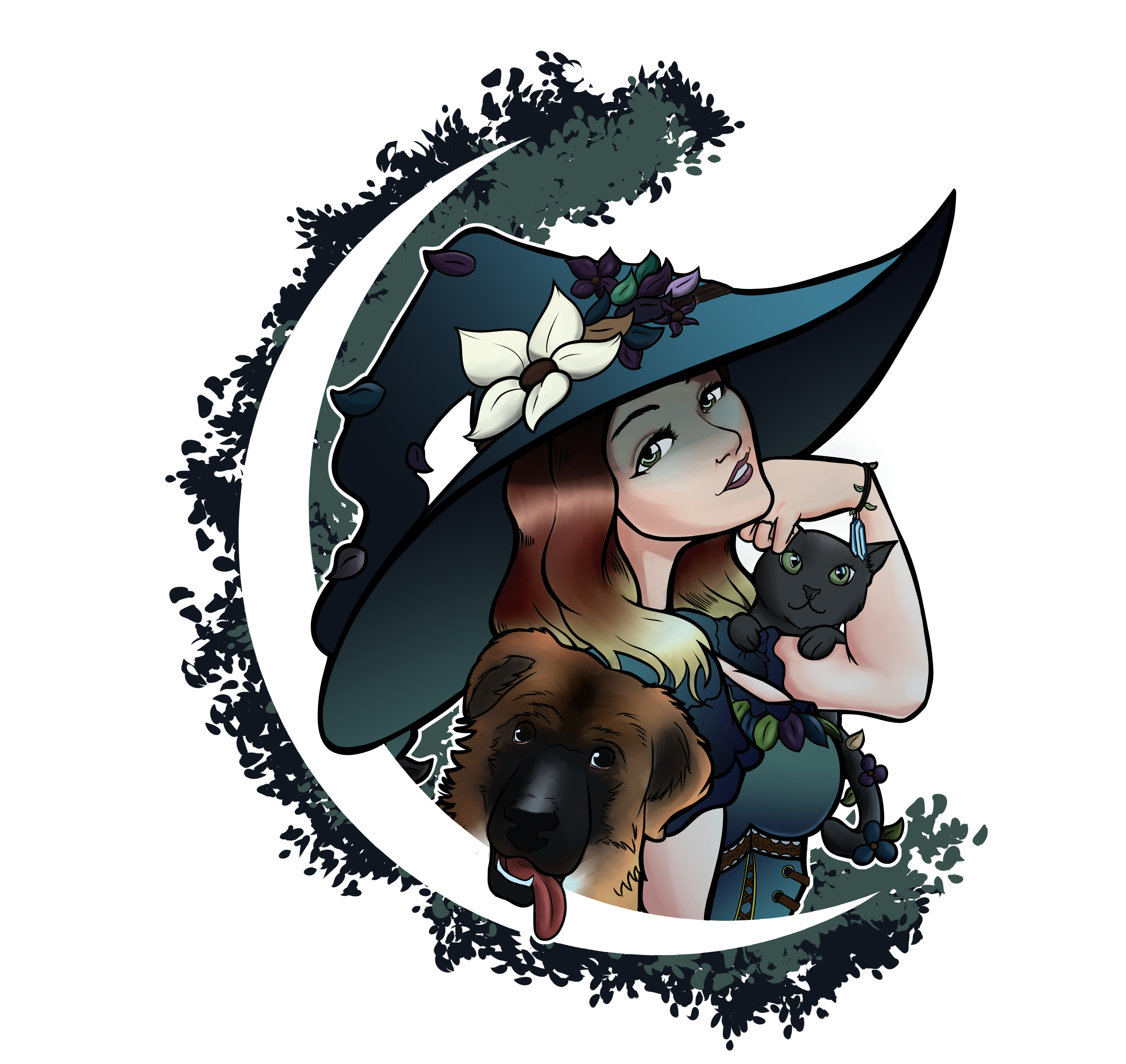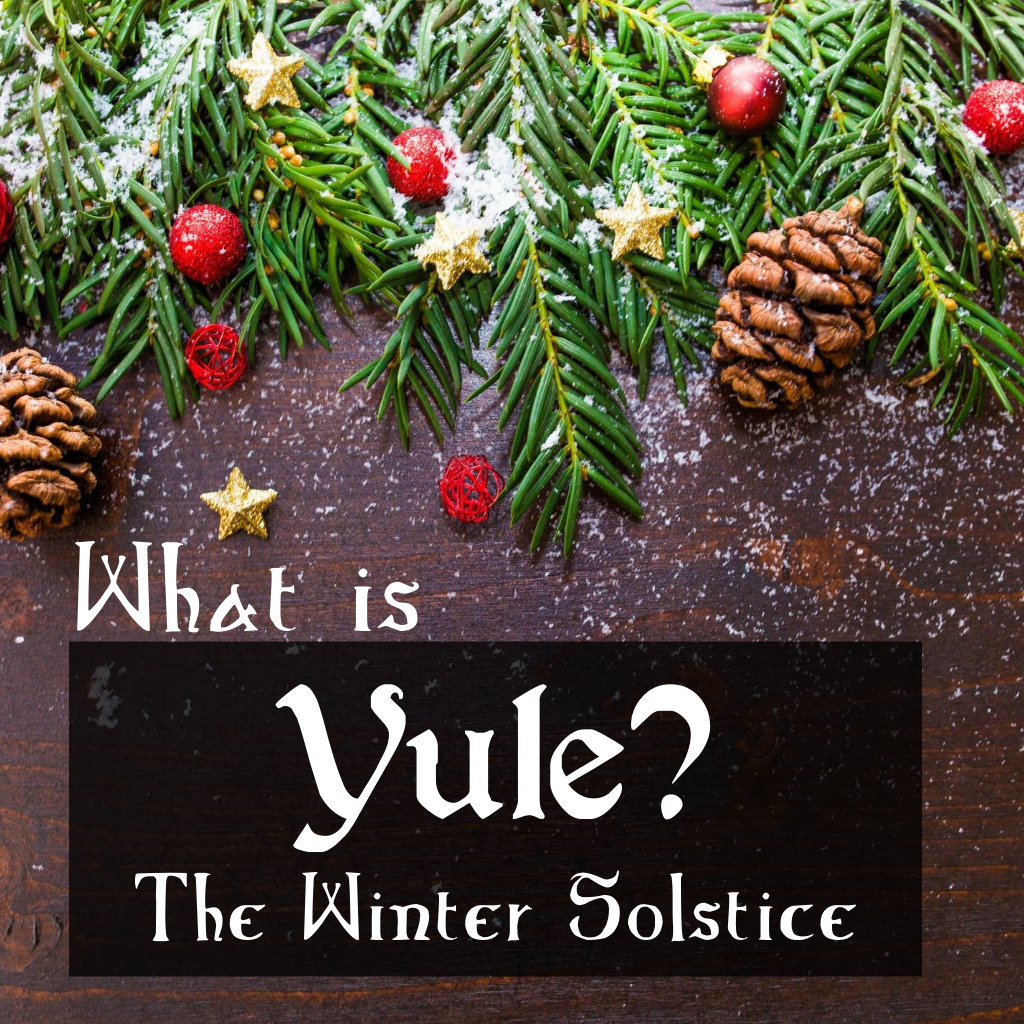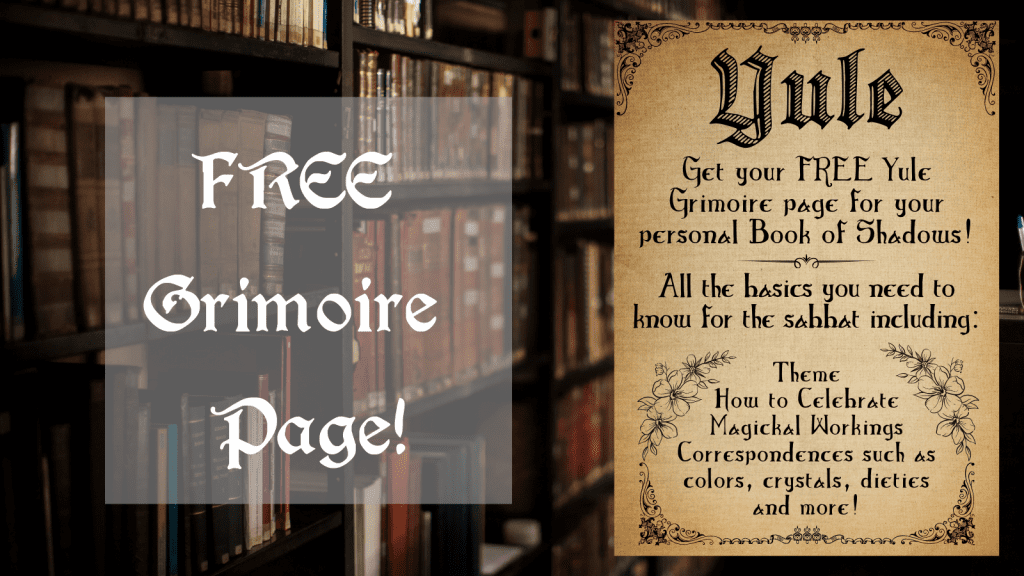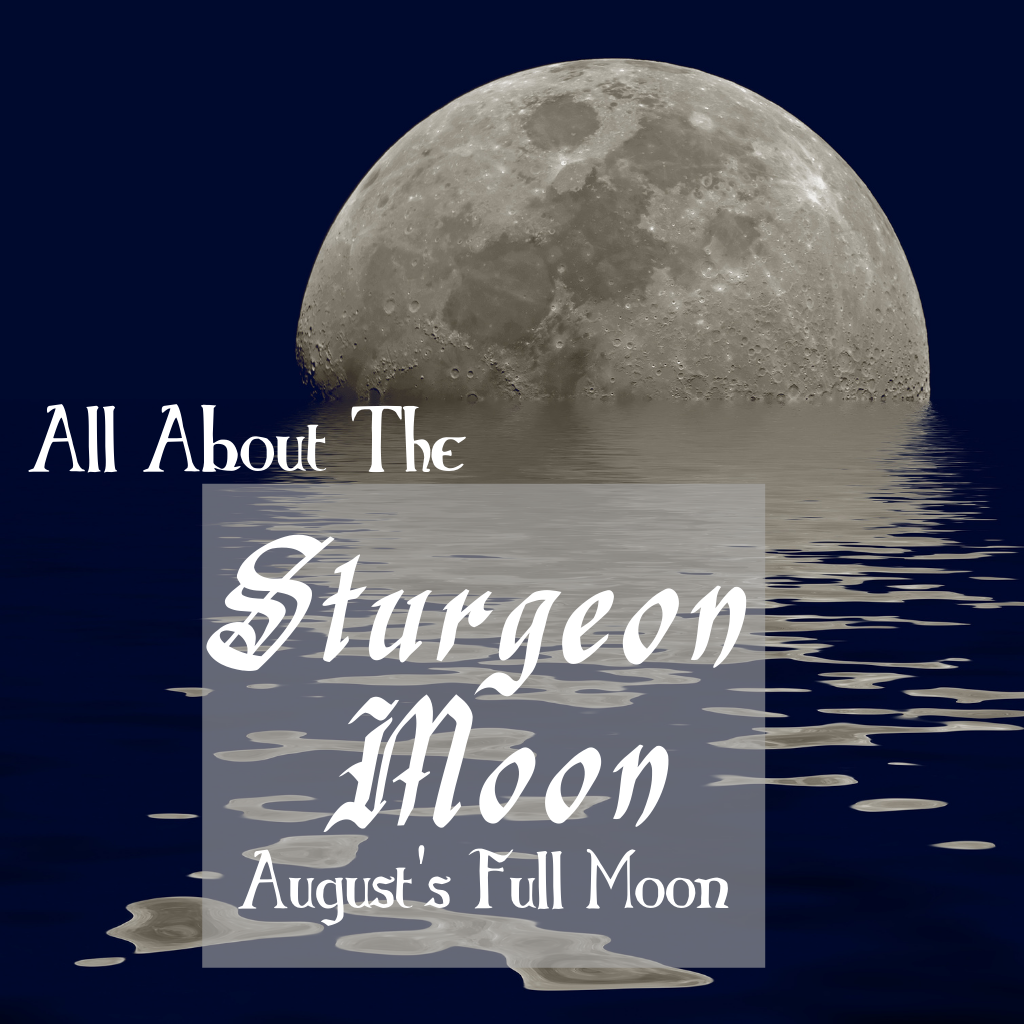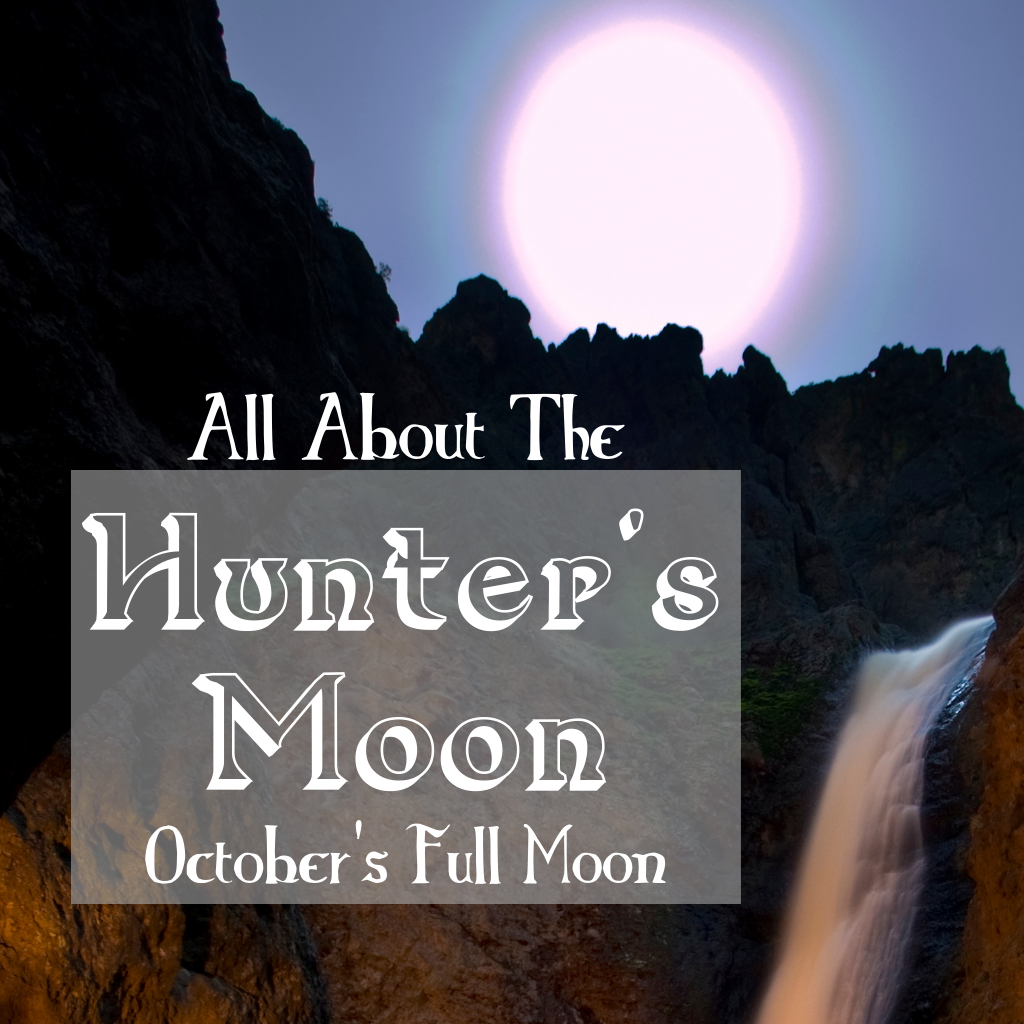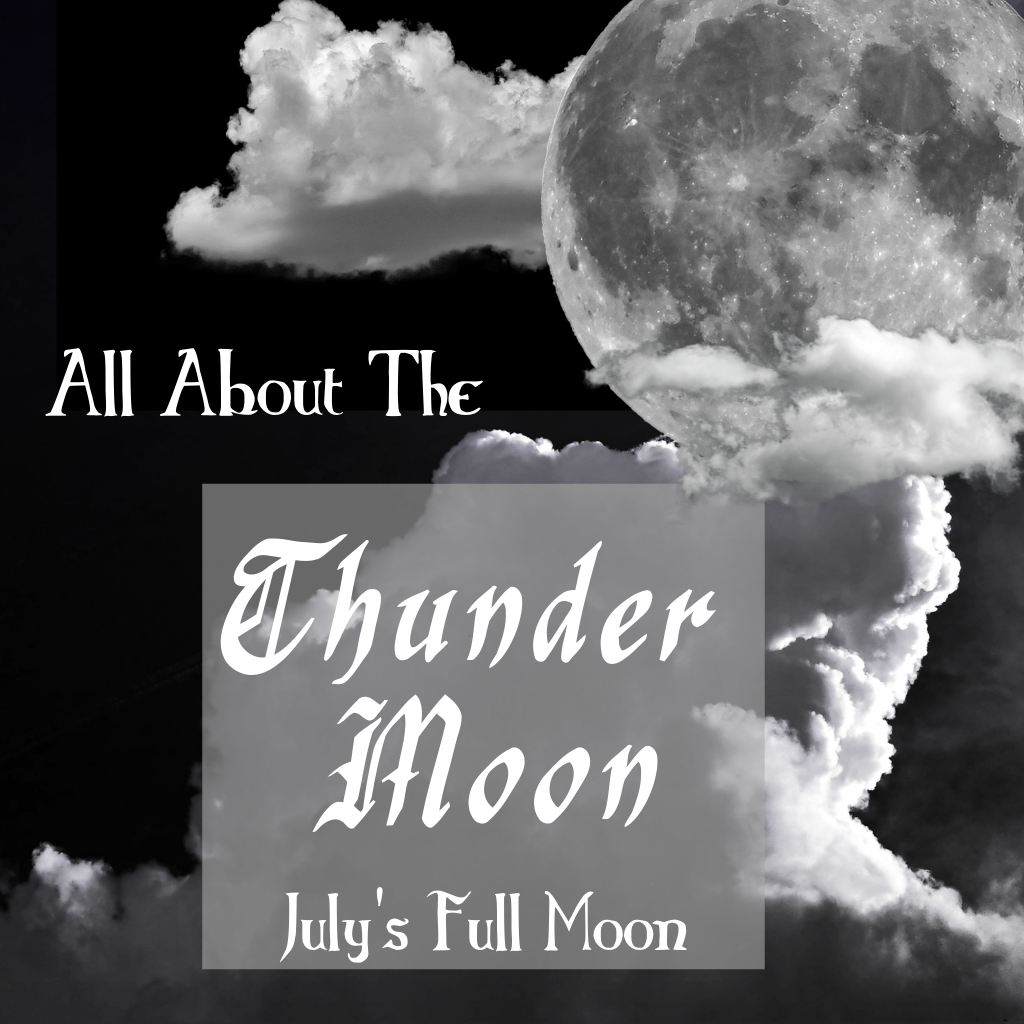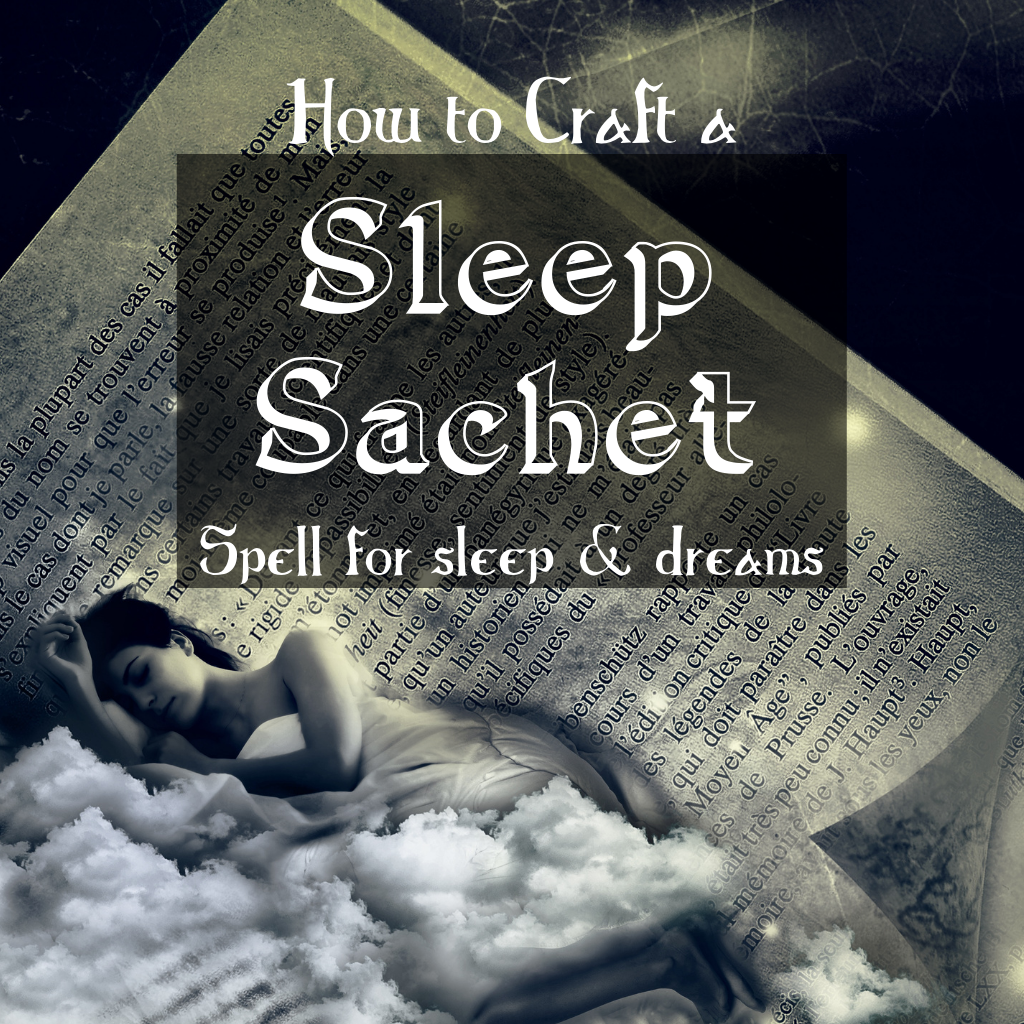Learn about the Winter Solstice & first sabbat on the Wheel of the Year: Yule. All the history, correspondences, magickal workings, and more.
This post may contain affiliate links and I may earn a small commission when you click on the links at no additional cost to you! Thank you in advance for helping to support the site!
What is Yule?
Yule (from the Old English geol & Old Norse jól) is a Midwinter Festival set on the Winter Solstice, or shortest day of the year. The Winter Solstice itself can take place between December 20th-23rd, and can vary depending on the year. This important day marked a turning point for our ancestors, who could now look forward to longer days and shorter nights, and was often celebrated as the returning of the Sun. The roots of Yule are found in the Norse celebrations, and are connected to myths of Odin and the Wild Hunt. However modern Yule shares many of these same themes, and is usually focused around ideas of working with the Sun & light, or the darker themes reflective of the cold Winter months.
Other Names & Similar Celebrations
- Winter Solstice
- Midwinter
- Yuletide
- Yulefest
- Christmas
- Saturnalia
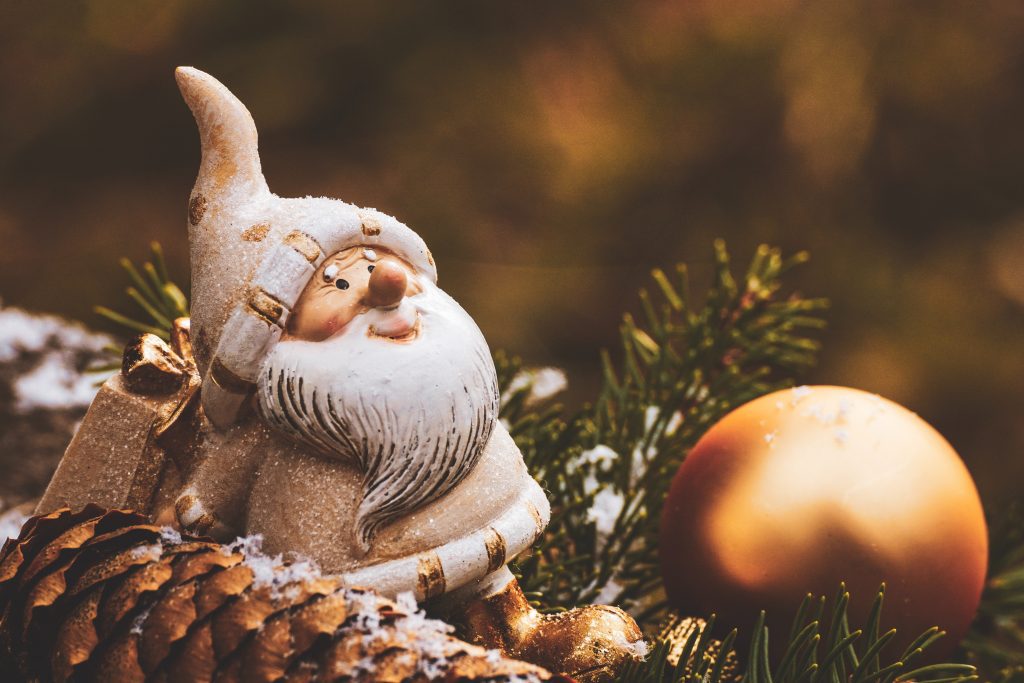
Common Yule Traditions
The yule log is a tradition that has been around since before the Medieval era. Traditionally the log was harvested and then fed to the hearth fire over the course of 12 days (leading to the 12 days of Christmas). The ashes of the Yule log are said to be a particularly powerful fertilizer for plants.
Wassailing, (known transformed into caroling) has its roots in the Roman festival of Saturnalia. Feasting, singing, and heavy drinking often led to general mischievousness, and even small accounts of vandalism were not uncommon. Poor or worse-off folks would often roam door-to-door, offering songs in exchange for food & drink (these same themes are found in Trick-or-Treating today!), and if they were denied they would sometimes protest their displeasure with pranks.
Mistletoe was used by Celtic Druids as a symbol of thriving during difficult times. This plant is also associated with Norse Mythology, where Loki created an arrow from the plant which was then used to kill Baldur. There are some versions of the myth where the gods were able to successfully resurrect Baldur, and thereafter his mother Frigg declared mistletoe a symbol of love, and promised to give a kiss to all those who walked below the plant. This theme continued throughout the Middle Ages, where it was deemed unlucky to refuse a kiss beneath the mistletoe!
What is now known as the Christmas tree actually has its roots in ancient Winter Solstice festivals. During Saturnalia, Roman priests would cut down a pine tree and use it to ceremonially decorate temple spaces.
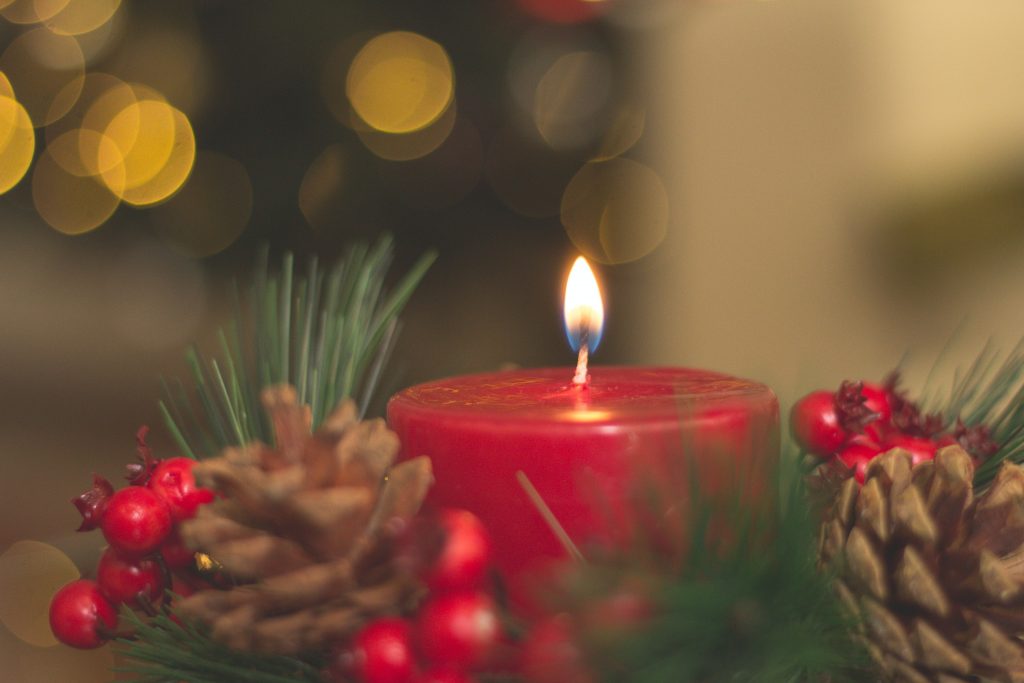
Yule Correspondences
The following are various items, colors, or concepts that are associated with the holiday Yule and this time of year!
Colors
- Blue
- Gold
- Green
- Red
- Silver
- White
Crystals
- Bloodstone
- Cat’s Eye
- Clear Quartz
- Diamond
- Emerald
- Garnet
- Ruby
Animals
- Bears
- Cats
- Deer
- Geese
- Goats
- Owls
- Phoenix
- Reindeer/Caribou
- Squirrels
- Ravens
- Wrens
Plants
- Allspice
- Anise
- Bay
- Cedar
- Chamomile
- Cinnamon
- Clove
- Evergreens
- Ginger
- Holly
- Ivy
- Juniper
- Mistletoe (poisonous)
- Nutmeg
- Oak
- Pine
- Poinsettias (poisonous to animals)
- Rosemary
- Saffron
- Sage
- Wintergreen
- Valarian
- Yarrow
- Yew
Food & Drink
- Apples
- Citrus
- Dried fruits
- Eggnog
- Fruitcake
- Gingerbread
- Hot Chocolate
- Mulled Wine
- Nuts
- Pears
- Pork
- Turkey
- Spiced Cider
- Wassail
Deities
- Aphrodite
- Apollo
- Attis
- Bacchus
- Baldur
- Brigid
- Cronos
- Demeter
- Dionysus
- Fortuna
- Gaia
- The Green Man
- Hades
- Hel
- Helios
- Holle
- The Holly King
- Ishtar
- Isis
- Lugh
- The Oak King
- Odin
- Ra
- Saturn
- Sol

Ideas for Magickal Workings
- Creativity
- Happiness
- Hope
- Light
- Love
- Peace
- Rebirth
- Regeneration
- Strength
- Sun Workings
- Transformation
Recommended Reading
Don’t want to wait to start your next Witchy read? You try Audible Plus and get two free Audiobooks here!
Pin it for Later
